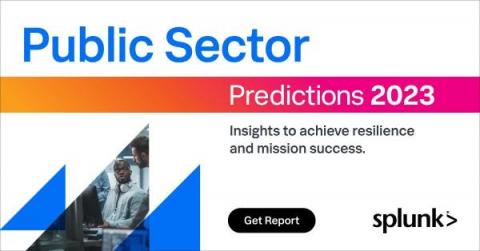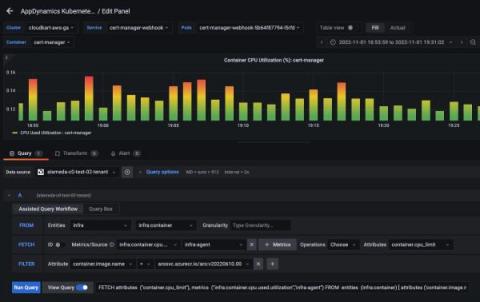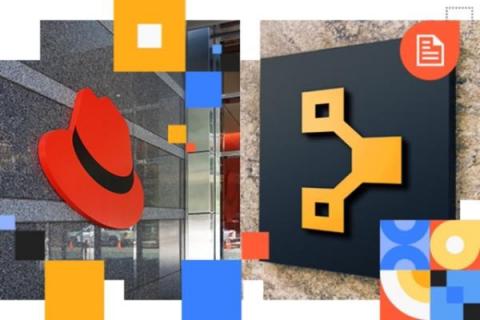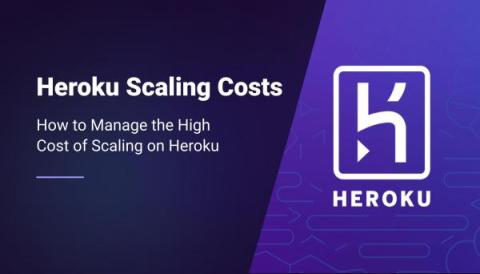Operations | Monitoring | ITSM | DevOps | Cloud
Blog
Ask Miss O11y: Is There a Beginner's Guide On How to Add Observability to Your Applications?
I want to make my microservices more observable. Currently, I only have logs. I’ll add metrics soon, but I’m not really sure if there is a set path you follow. Is there a beginner's guide to observability of some sort, or best practice, like you have to have x kinds of metrics? I just want to know what all possibilities are out there. I am very new to this space.
AppDynamics Cloud integrates with Grafana to add key metrics for dashboards
AppDynamics Cloud releases the first (and only) vendor provided free plugin for GrafanaⓇ OSS. Widely adopted by DevOps, SREs and developers, Grafana has become the go-to dashboarding tool among users—including our own internal teams. As such, Cisco AppDynamics has expanded support and use cases for Grafana by building an open-source integration for AppDynamics Cloud customers, absolutely free of charge!
Ansible vs. Puppet: How Does Each Stack Up?
Automating deployment to an EKS cluster using CircleCI and Helm Charts
Kubernetes is a container orchestration system for automating deployment and managing containerized applications. Helm is a Kubernetes package manager that helps you define, install, and upgrade Kubernetes applications. It lets you define reusable templates for Kubernetes components (deployment, service, hpa, service account, etc.) that can be published and shared across applications. In this tutorial, you will learn how to build and install Helm charts for your application to an AWS EKS cluster.
Cloud Migration is hard especially in the public sector, but there is a way
2022 State of DevOps Report data deep dive: good team culture
What makes good team culture? Find out what the DORA Research says.
A Kubernetes Observability Tool to Support SRE Best Practices
Kubernetes can be tough to troubleshoot and remediate fast, especially when you have many interdependent services. This blog, part 3 of 3 in the “8 SRE Best Practices to Help Developers Troubleshoot Kubernetes” series, describes the Kubernetes observability foundation StackState has built to support SRE best practices and enable rapid remediation of issues.
Why You Should Utilize the SNMP Monitoring Tools in N-central
Network device monitoring is a crucial aspect of IT management and it helps organizations to ensure that their network infrastructure is running smoothly. Many people that use RMM solutions will often use an additional application to monitor their network devices. However, one of the huge benefits of using N-able N-central as your RMM solution is the way it allows you to monitor network devices through Simple Network Management Protocol (SNMP).











